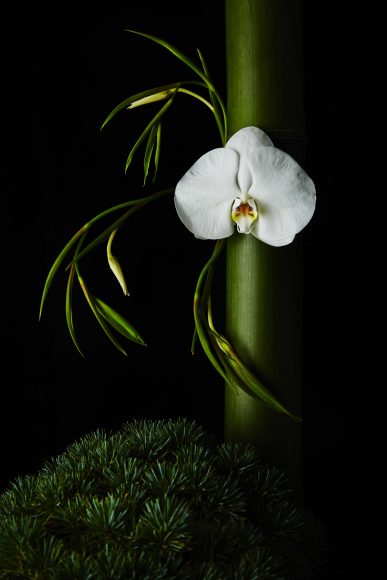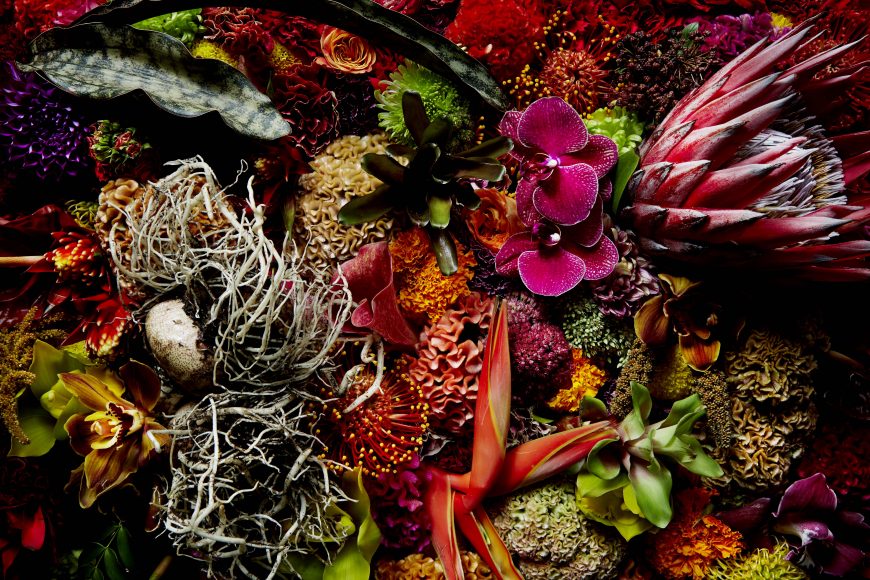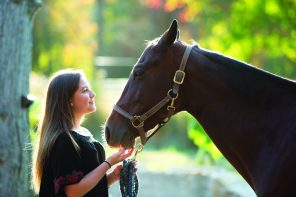When it comes to the seasons, the whole is truly greater than the sum of the parts. For however spectacular introspective winter, joyous spring, sultry summer and bountiful fall/autumn may be individually, the group has been unbeatable as a brand.
Think about it: The Four Seasons have given their name to a hotel group; a legendary restaurant, late of the Seagram Building in Manhattan, that helped define the power brokers and ladies who lunched in the second half of the 20th century; and a pop-rock band fronted by Frankie Valli that took its name from the Union Township, New Jersey, bowling alley where it failed a 1960 audition as The Four Lovers.
Perhaps the name change was a talisman. As Frankie Valli and the Four Seasons, the band would go on to global success and inspire the “Jersey Boys” musical.
It is in the arts, then, that the four seasons have made some of their greatest contribution, serving as collective muse to Jerome Robbins (for his 1979 ballet); Alan Alda (for his 1981 romantic comedy and short-lived 1984 CBS-TV series); and Makoto Azuma and Shunsuke Shiinoki (for their recently published “Flora Magnifica: The Art of Flowers in Four Seasons” (Thames & Hudson).
In “Seasons on the Lake” by Wendy Shalen, an artist featured in November WAG’s salute to the Whatmore’s Lake section of Waccabuc, they become four impressionistic panels of pigmented handmade paper that form a continuous yet ever-changing view from outside her window.
But “The Four Seasons” that is best known is the quartet of concertos that Antonio Vivaldi wrote in 1716-17 and published eight years later. Indeed, anyone who has ever been in an elevator or a doctor’s office or has seen a TV commercial has probably heard the opening of the first (“Spring”) concerto, with its bouncing rhythm and flitting strings that sound as if the world is awakening again, along with love itself. “Spring” and the rest of her sisters remain one of the most popular pieces of music to date.
No doubt Vivaldi (1678-1741) would be pleased. The Titian-haired, asthmatic son of a Venetian violinist, Vivaldi was an ordained priest whose health soon absolved him from clerical duties. Instead, music — both composition and violin performance — would be his true devotion in an era in which compositions would be codified with time and key signatures even as they exploded with colors and emotions. The Baroque era was also a time, violinist Scott Yoo points out in the Vivaldi installment of his PBS “Now Hear This” series, in which the violin was making great technical strides, with makers like Antonio Stradivari spurring composers to greater tonal richness and virtuosity.
Working for 30 years as master of the violin and later music director at the orphanage Opsedale della Pièta, Vivaldi would compose for the orphanage’s acclaimed all-female orchestra and choir.
“Lots of the larger-scale works were forgotten,” says Jeremy Rhizor, founding artistic director of the Academy of Sacred Drama, newly relocated to White Plains. “He did write oratorios,” Rhizor adds, referring to vocal, orchestral works that have literary or religious themes but are not staged. “Vivaldi’s (‘Juditha Triumphans’), based on the biblical heroine, calls for lots of musicians — singers as well as a full orchestra.”
With “The Four Seasons,” Vivaldi achieved something else. His four concertos — each of which has a fast-slow-fast movement — are accompanied by his own sonnets on observed nature — a type of poetry that originated in the Middle Ages. Sweet melodies mimic birdsong; oscillating strings, thunder. Music that has a narrative element is called program music. But program music didn’t come into vogue until 19th century’s Romantic era.
“There are few recognized examples of program music in the Baroque,” Rhizor says. Two centuries before it became popular, Vivaldi was writing it.
The sounds of nature are just the start, however. The composer draws you in emotionally, painting a portrait, for instance, of a surprisingly anxious summer in which sensuous languor turns suddenly violent, the calm before the storm. Or of a winter that is less a region of ice than one of contemplation and poignant memory.
Vivaldi’s unusual word and emotion painting, Rhizor says, “defies our expectations of what Baroque music is.”






